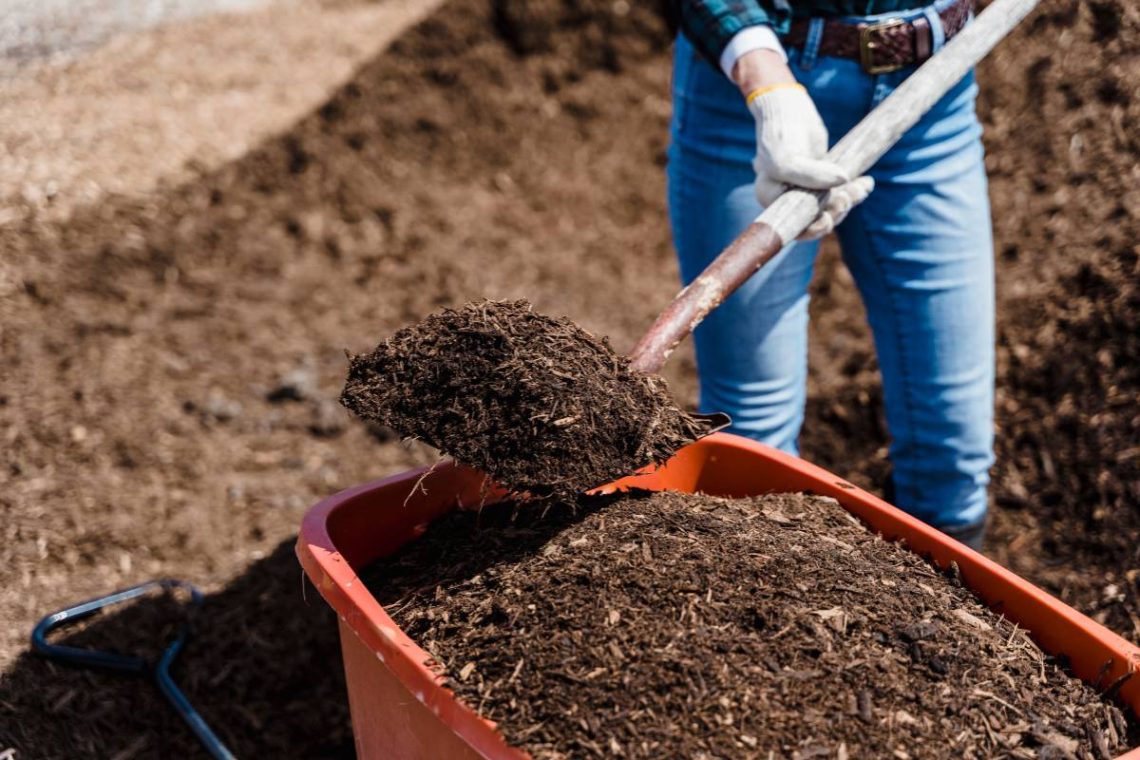Sandy soil. Just the words can strike fear into the heart of any gardener! It drains quickly, doesn’t hold nutrients well, and can feel like you’re constantly battling the elements. But don’t despair! Gardening in sandy soil is absolutely possible, and with the right techniques, you can create a flourishing oasis. This guide will provide you with practical tips and tricks to transform your sandy soil into a fertile ground for your favorite plants. So, grab your gardening gloves, and let’s get started!
Understanding Sandy Soil and Its Challenges
Before we dive into solutions, let’s understand what makes sandy soil unique. Sandy soil particles are larger than those of clay or silt, leading to:
- Excellent drainage: Water flows through quickly, which can be a blessing and a curse.
- Poor water retention: It dries out rapidly, requiring frequent watering.
- Low nutrient content: Nutrients are easily leached away by the fast drainage.
- Warm soil temperatures: It warms up quickly in the spring, but can also overheat in the summer.
These characteristics present challenges, but they also offer advantages. For instance, sandy soil warms up faster in the spring, allowing for earlier planting. The key is to mitigate the drawbacks and capitalize on the benefits.






